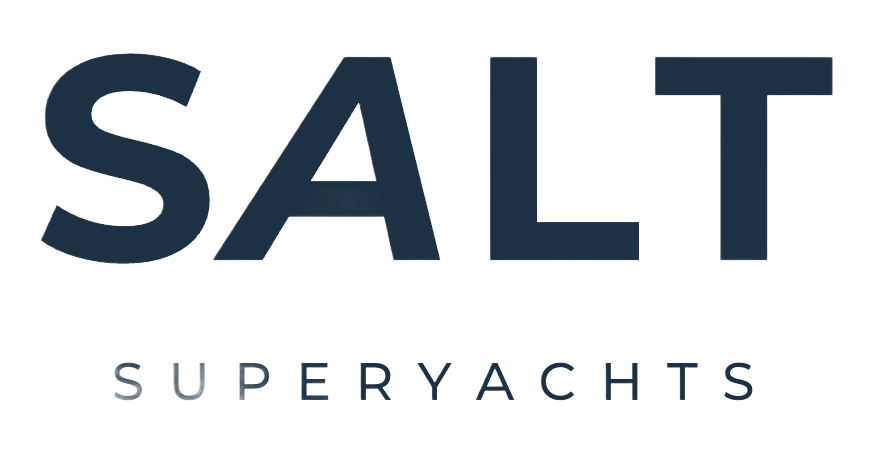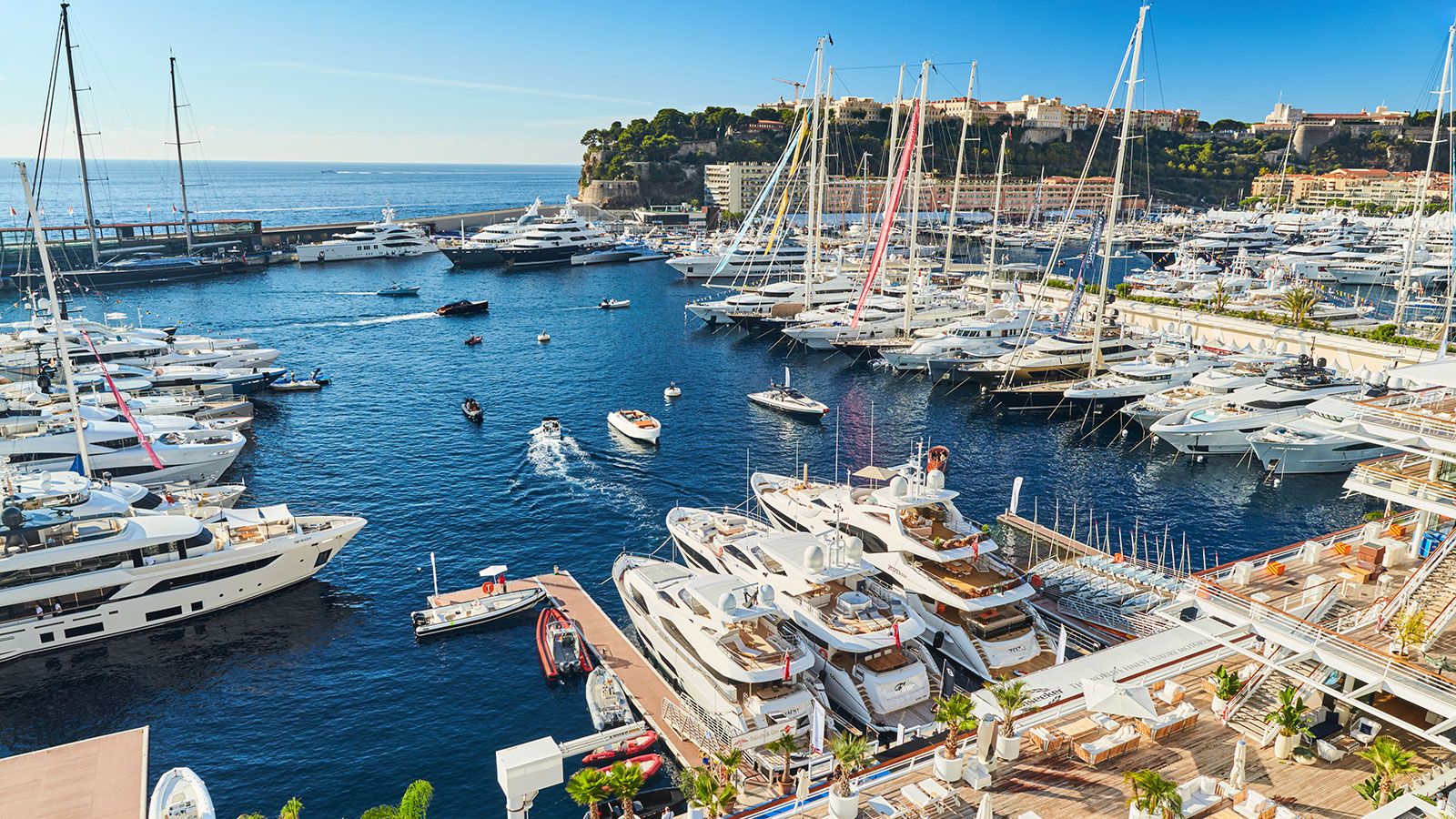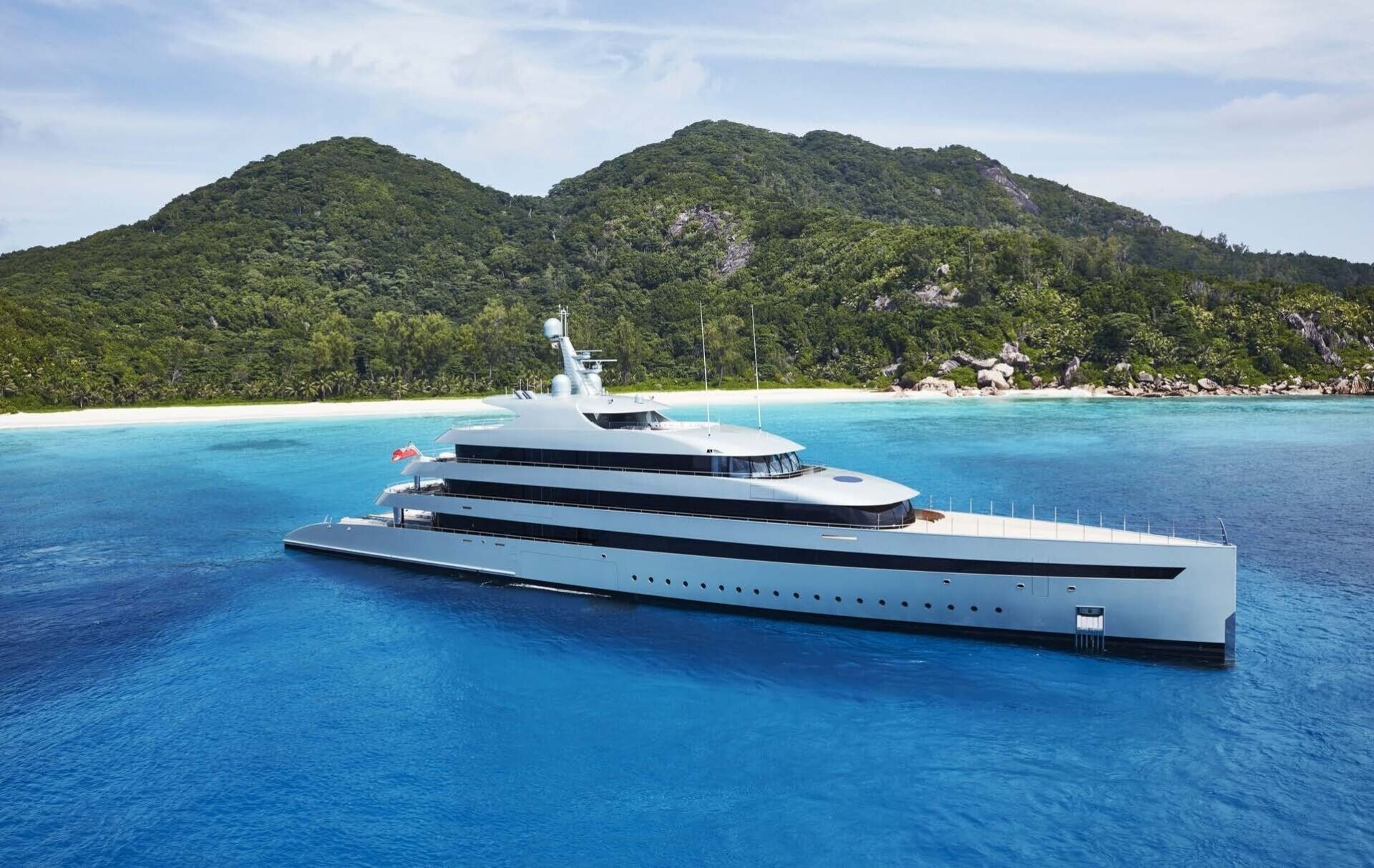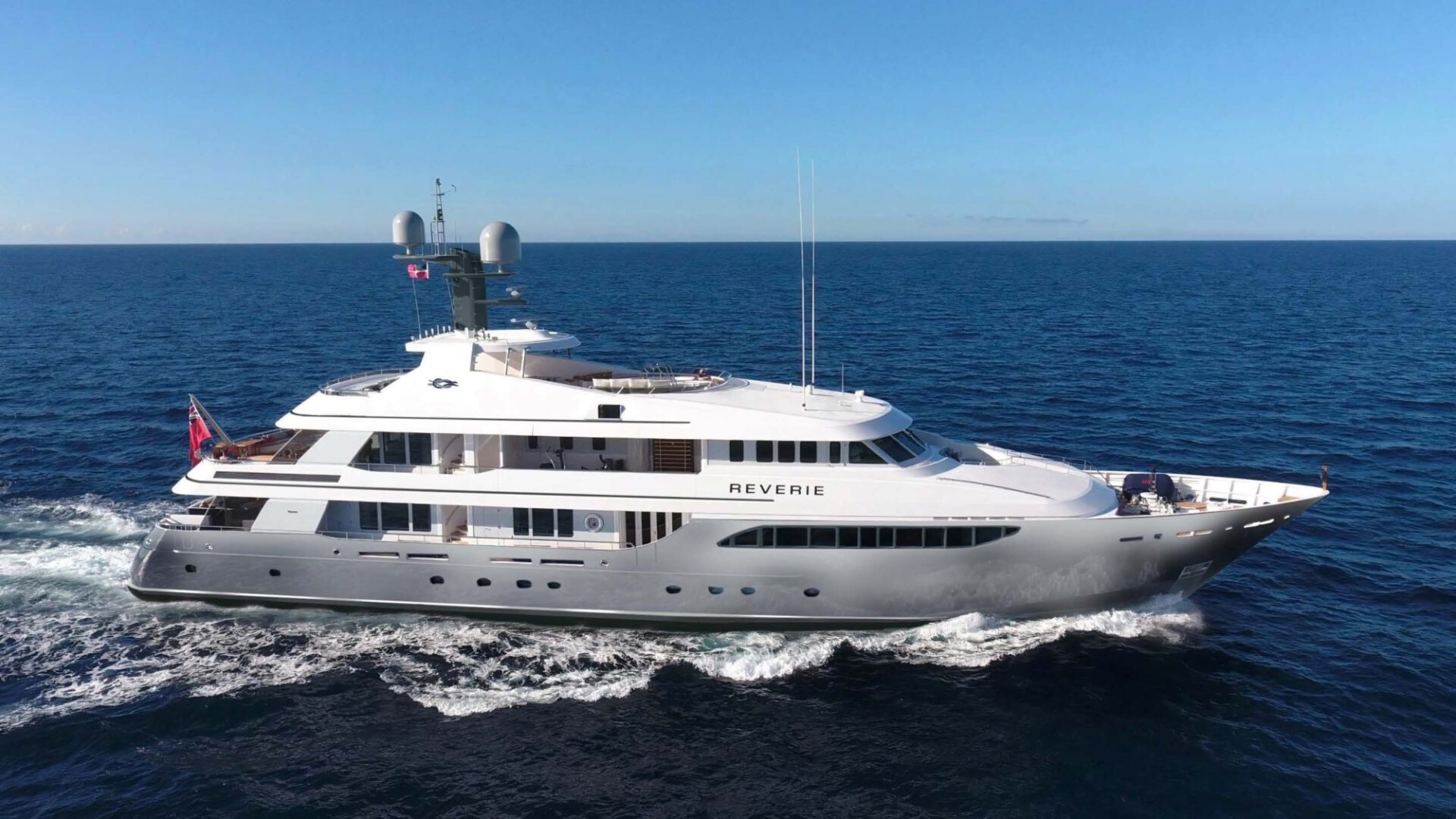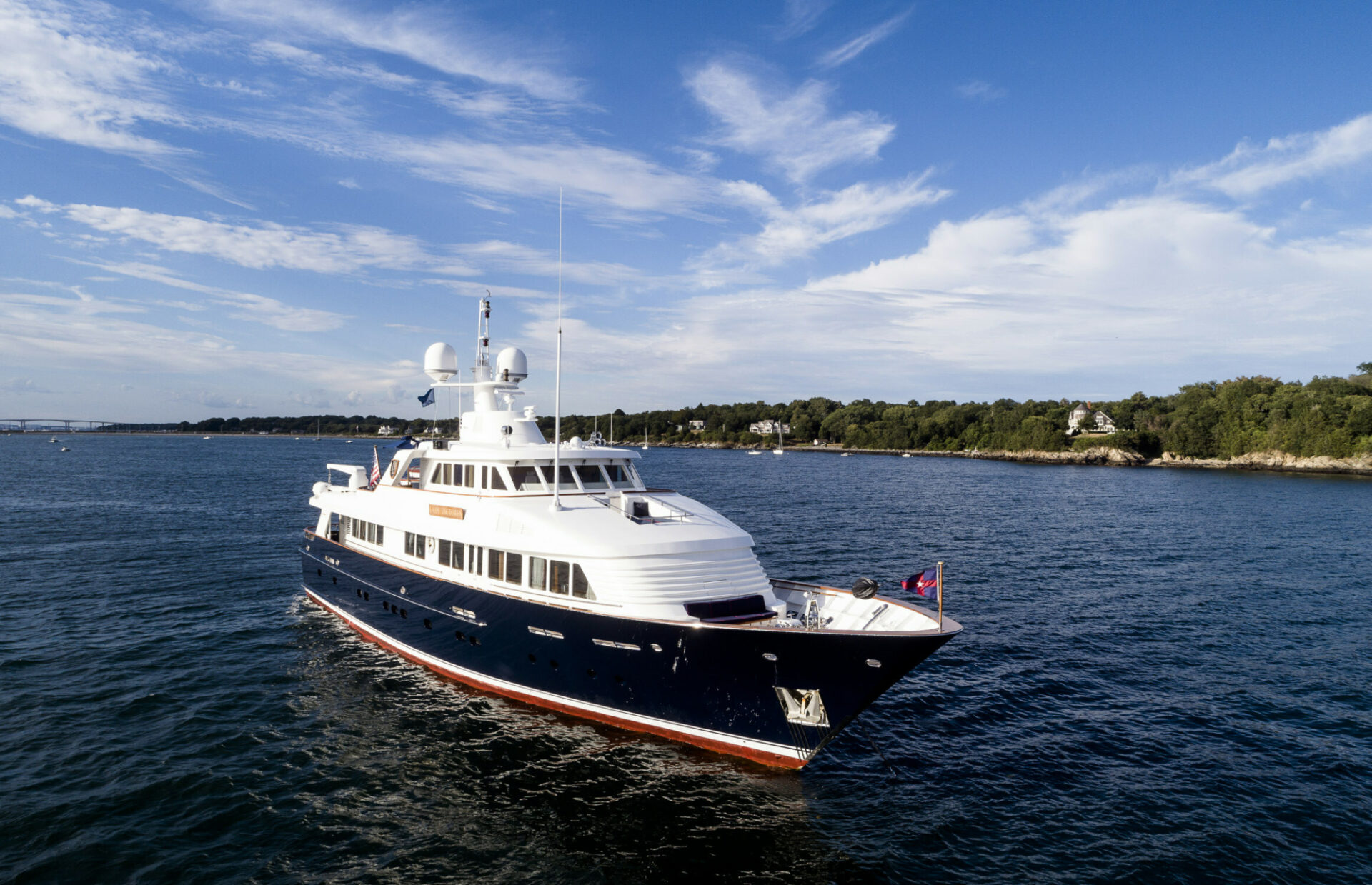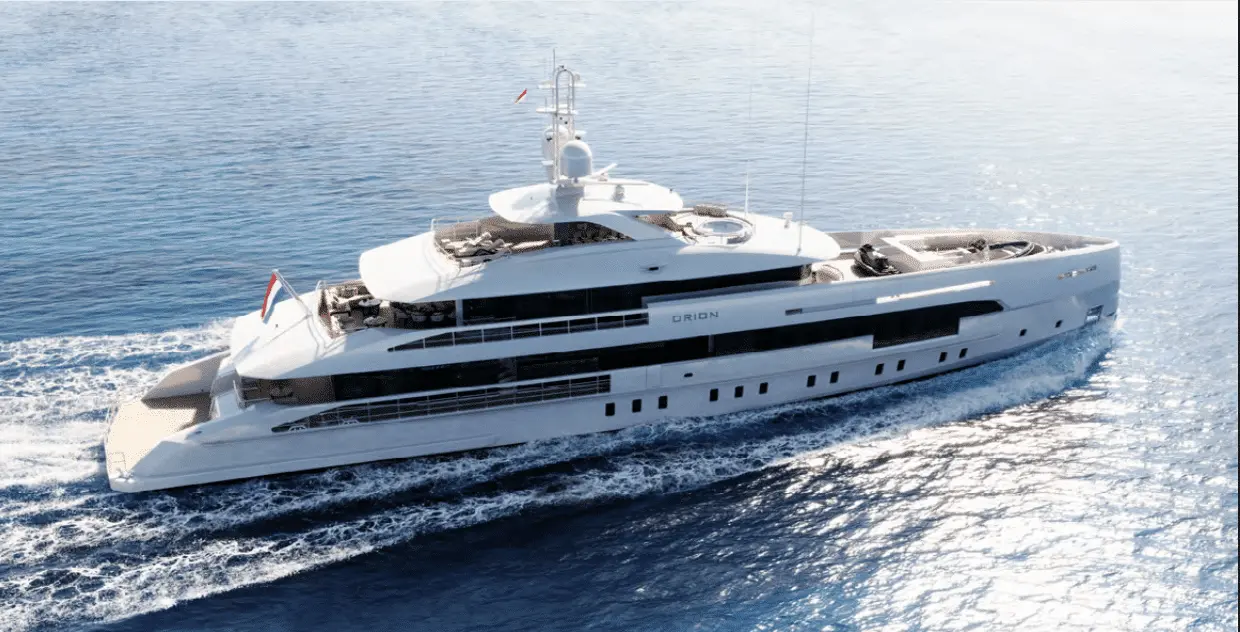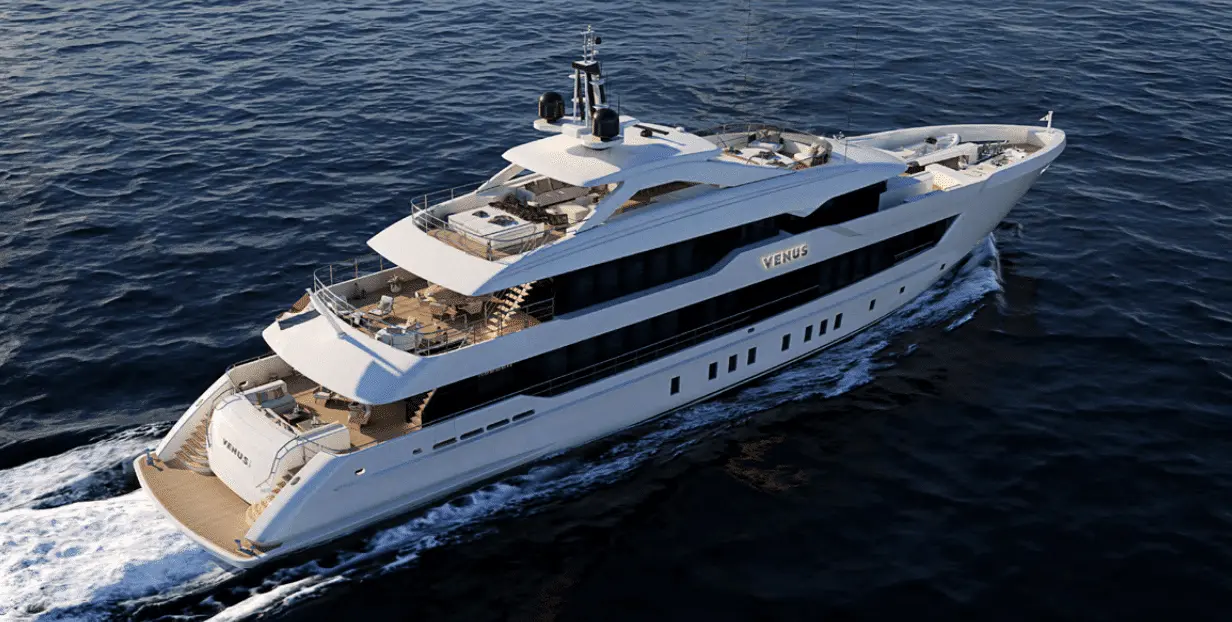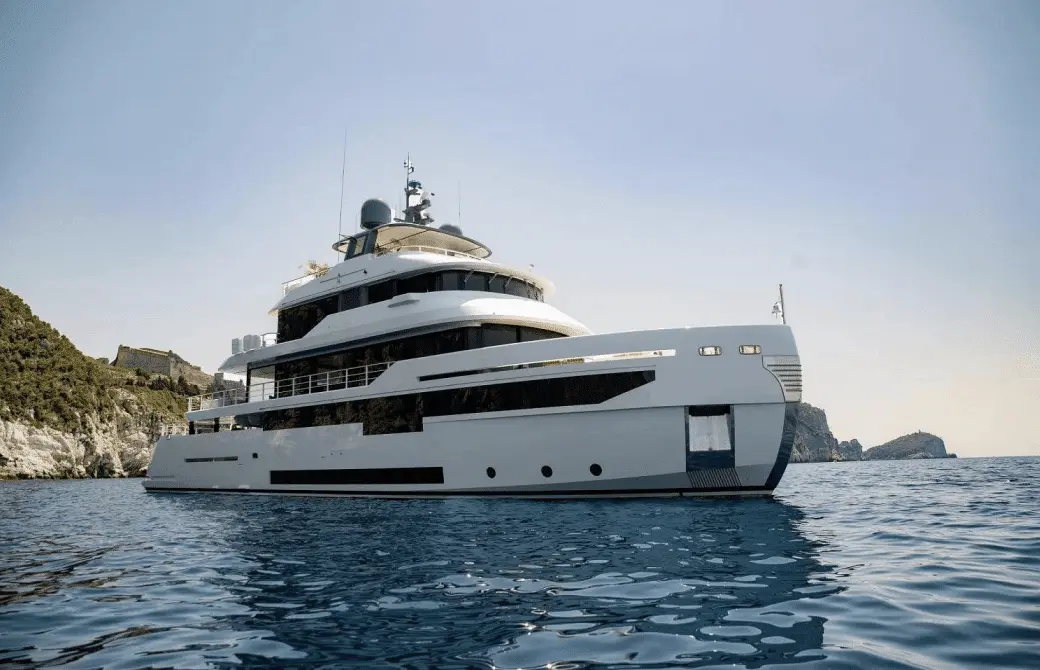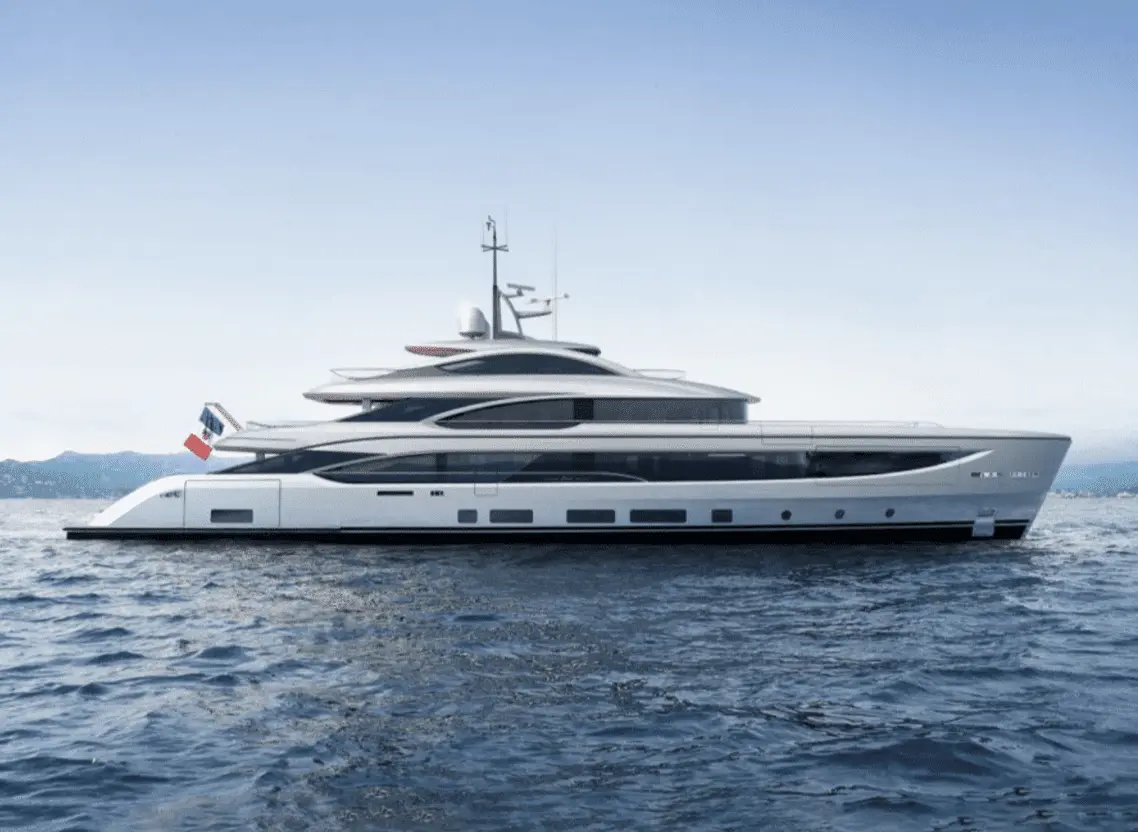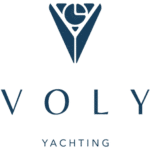Thinking About Purchasing a Luxury Yacht? Here’s What You Need to Know
Purchasing a luxury yacht is more than a transaction—it’s a statement of success and a gateway to unparalleled freedom and exclusivity. A yacht offers private escapes, luxury travel, and quality time with family and friends, making it the ultimate reward for achievement. Many owners describe their vessel as their personal sanctuary, a place to truly relax, disconnect, and enjoy life at sea.
At SALT, we provide access to new boats for sale, superyachts, and exclusive off-market opportunities. Our expertise in yacht sales and brokerage ensures a seamless purchasing experience, offering a curated selection of the finest ships for sale worldwide. Whether you’re seeking a superyacht, motor yacht, or sailing yacht, our global market intelligence guarantees access to the most desirable vessels tailored to your needs.
A Guide To Luxury Yacht Purchase
Purchasing a yacht is a journey that should be seamless and enjoyable. With the help of an experienced broker, you can secure the best yacht on the most favorable terms. Brokers bring global contacts, expert negotiation skills, and in-depth knowledge of maritime regulations to the table. A SALT yacht broker ensures that your purchase is smooth, compliant, and hassle-free, overseeing every step from negotiations to purchase surveys for an optimal experience.
When buying a luxury yacht, several key factors should be considered to ensure you make the best choice.
First, determine your primary use—will it be for private leisure, chartering, or both?
Consider the location where you plan to use the yacht and any specific activities or hobbies it should support, such as diving, water sports, or adventure expeditions.
Visiting international boat shows such as Monaco Yacht Show or Palm Beach International Boat Show allows you to explore various yachts, giving you a clearer understanding of size, design, and amenities. This hands-on approach helps refine your preferences and make an informed decision.
We thoroughly assess each yacht before presenting it, ensuring they are in class, well-maintained, and accurately priced.
Viewings are arranged through your broker, and you may have the opportunity to speak directly with the captain or chief engineer to discuss the yacht’s performance in more detail. This process helps you gather essential insights about the yacht’s handling and condition, aiding in your decision-making.
Once you’ve identified the perfect yacht, you, the buyer, will submit a formal offer, typically through a Letter of Intent (LOI), which outlines the agreed purchase price.
Following this, a sales contract such as a Memorandum of Agreement (MOA) or Purchase and Sale Agreement (PSA) will be signed. The seller will respond with either an acceptance, rejection, or counteroffer.
After the offer is accepted, a 10% deposit is made into escrow. The seller must provide an inventory list within seven days, which becomes part of the final agreement.
The first step of the Memorandum of Agreement (MOA) is the sea trial, where the seller must make the yacht available to the buyer.
After the sea trial, the buyer can either accept or reject the vessel, providing written confirmation within 24 hours or before a condition survey. If rejected, the deposit is refunded; if accepted, the buyer proceeds to survey the yacht.
During the yacht survey, all mechanical, electrical, and electronic equipment is tested to assess the vessel’s current condition and estimate future maintenance costs.
The yacht may also be hauled out of the water for a more thorough inspection. If defects are found, the buyer can either accept the vessel, request repairs or price reductions, or reject the yacht if the issues affect its operational integrity.
The seller can choose to repair, reduce the price, or cancel the sale based on the findings.
Once the price is negotiated and the sea trials and surveys are satisfactory, the final stage involves ensuring all legal documentation is in order. Your broker will verify Flag State and Classification Society requirements, review insurance details, and facilitate the transfer of funds. The sale is completed upon signing the Bill of Sale, transferring ownership, and confirming all original documents are provided.
The yacht’s delivery protocol, including the timing and location of the transaction, is signed off by both parties.
The final steps also involve updating the Flag and Class registration for the new owner.
YACHTS FOR SALE
NEW BUILD YACHTS FOR SALE
EXPLORE A
LUXURY
YACHT
PURCHASE
Or give us a call:
+44 2038 821 364
FAQ
When choosing the right yacht, key considerations include size, budget, design, performance, and the general condition of the vessel. Discuss these factors with your broker to ensure you select a yacht that aligns with your preferences and intended use. This will help in narrowing down the options and making an informed decision.
When deciding on the number of cabins, consider how many people you want to accommodate onboard. Private or commercial yachts can typically host up to 12 guests. However, yachts built to the Passenger Yacht Code (PYC) standard can host up to 36 guests. This distinction is crucial when planning your yacht’s capacity.
When choosing water sports toys for your yacht, the options are endless. Many yachts come equipped with a tender garage, and you can add popular options like jet skis, kayaks, stand-up paddleboards, or even fun additions like giant inflatable slides. The choice of toys depends on your preferences and what activities you want to enjoy with family and friends onboard.
The style of yacht you choose will depend largely on the destinations you plan to visit. For example, a yacht suitable for cruising in remote places like Antarctica will differ from one intended for summer Mediterranean cruising. It’s essential to select a yacht tailored for your specific needs, considering factors such as purpose, size, and features that support your desired cruising experiences.
When selecting the crew for your yacht, you can opt for private chefs, masseuses, yoga instructors, or even scuba diving instructors depending on your preferences. The type of crew you need will influence the size and makeup of the team on board, ensuring that you get a tailored experience to match your luxury lifestyle.
Annual running costs for a yacht typically range from 10-15% of the yacht’s purchase price. These costs include insurance, maintenance, crew salaries, berthing fees, fuel, surveys, and compliance with legal and regulatory standards. Proper planning for these ongoing expenses is essential for maintaining the yacht and ensuring it remains in top condition throughout the year.
If you plan to charter your yacht, consider factors like cabin layout, size, and crew. Charter-friendly yachts typically have commercial-class certification. Converting a privately classed yacht can be expensive, so it’s essential to choose one built for commercial use if chartering is part of your plan. This will help ensure the yacht’s success in the charter market and assist in recouping costs.
When purchasing a yacht, you can choose to pay outright or finance it. It’s essential to discuss your preferred payment method early in the process. A broker can guide you on the best option, ensuring it aligns with your financial goals and yacht purchase plans.
